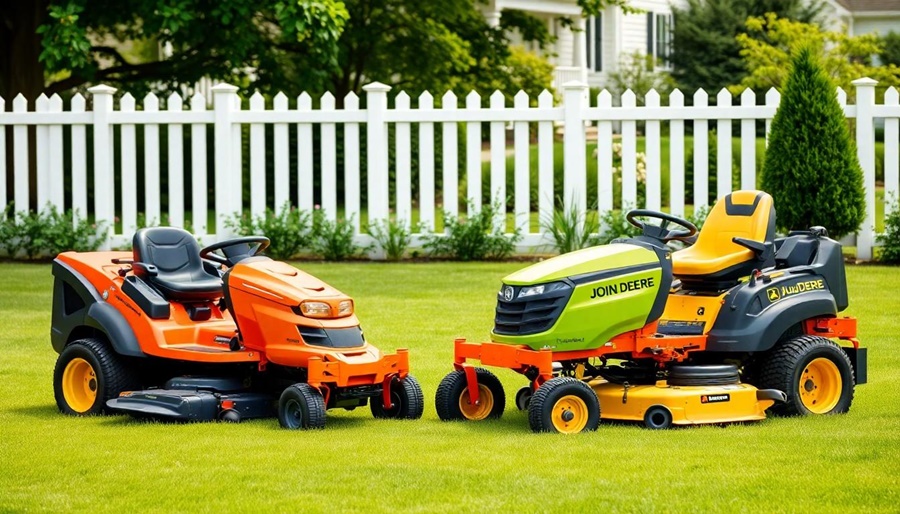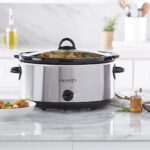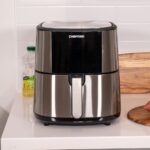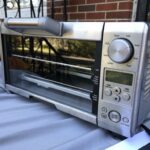When it comes to premium lawn mowers, two industry giants stand out: Husqvarna and John Deere. These brands are trusted by professionals and homeowners alike, each offering a broad range of lawn maintenance equipment engineered for performance, durability, and innovation. In this in-depth comparison, we will evaluate the Husqvarna mower vs John Deere mower debate across multiple categories including cutting performance, build quality, ease of use, technology features, price point, and long-term value.
Build Quality and Durability: Forged for Tough Jobs
Husqvarna mowers are well-known for their rugged construction and Scandinavian engineering, with durable steel decks and reinforced frames. The brand emphasizes low center of gravity designs that ensure excellent stability, especially on uneven terrain. Many of its residential and commercial zero-turn mowers come with cast iron blade spindles, enhancing lifespan and performance.
On the other hand, John Deere brings its agricultural-grade experience into the mowing world. John Deere mowers feature heavy-duty welded steel frames, commercial-grade transmissions, and robust axles built for endurance. Their larger riding models often integrate automotive-style frames that absorb vibration and extend operating life.
Cutting Performance and Deck Options: Precision Matters
Husqvarna mowers are equipped with Air Induction Mowing Technology, which improves airflow within the deck, allowing for a cleaner, more precise cut. The brand offers ClearCut™ fabricated decks across many models, designed for better bagging, mulching, and discharge. Deck sizes range from 42″ to 61″, with adjustable cutting heights for varied terrain and grass types.
John Deere uses its proprietary Accel Deep™ and Edge™ mower decks, delivering exceptional airflow and deep cutting chambers for superior mulching and clean finishes. Models like the X300 and ZTrak zero-turn mowers are especially praised for their even cut quality, even at higher speeds.
Engine Power and Transmission: Strength Where It Counts
Husqvarna partners with Kawasaki, Briggs & Stratton, and Kohler for its engines, offering a wide range of power outputs, typically between 18 to 24 HP for residential models and up to 31 HP for commercial units. Many zero-turn models feature Hydro-Gear ZT transmissions, known for smooth and responsive handling.
John Deere, however, often integrates in-house engines for better part compatibility, though they also use Kawasaki engines in higher-end models. The Hydrostatic transmission system found in many John Deere mowers is renowned for its reliability and consistent performance in large lawns and demanding conditions.
User Experience and Ergonomics: Comfort in Every Ride
Comfort is critical during long mowing sessions, and both brands deliver user-focused features. Husqvarna offers high-back adjustable seats, anti-vibration technology, foot-operated deck lift systems, and easy-access service points. Most zero-turn mowers come with an intuitive control panel for a smoother learning curve.
John Deere emphasizes operator comfort with comfort glide suspension systems, cruise control, tilt steering, and fully adjustable lumbar seating in their higher-end series. The ride is often smoother, especially on models like the John Deere X500 and Z700 series.
Technology Integration: Smart Mowing Made Simple
Husqvarna is a leader in robotic mowing technology. Their Automower® line offers GPS-assisted navigation, Bluetooth control, and weather timers, giving homeowners a completely autonomous mowing experience. Traditional models also include LED headlights, hour meters, and smart controls.
John Deere focuses more on integration with John Deere MowerPlus™, a mobile app that tracks maintenance, mowing time, and performance analytics. High-end commercial models may also feature digital fuel gauges, electric PTOs, and onboard diagnostics.
Price Range and Value for Money
Husqvarna offers a broad selection of models ranging from entry-level lawn tractors around $2,000 to commercial zero-turns above $10,000. For homeowners, the TS and YTH series are competitively priced with a strong feature set for the investment.
John Deere models are often priced slightly higher due to their premium brand positioning and longer warranty terms. Entry-level riding mowers like the S100 series start around $2,400, while the X700 Signature Series and Z900 zero-turns can exceed $13,000.
Maintenance and Serviceability
Husqvarna mowers are designed with tool-less access panels, easy blade replacements, and clear oil drain systems for simplified maintenance. However, some users report parts availability and service networks to be limited in rural areas.
John Deere boasts an extensive dealer and service network across the U.S. and Canada. Their Quick Change 30-Second Oil System on select models is a game-changer for easy maintenance, and their OEM parts are widely available.
Warranty and Customer Support
Husqvarna typically offers a 3-year limited residential warranty, with select models providing extended coverage through dealers. Commercial units may receive 2- to 4-year limited warranties depending on use and location.
John Deere leads with a comprehensive 4-year/300-hour bumper-to-bumper warranty on many models, showing confidence in durability and performance. The brand is also known for excellent dealer-based customer service and fast turnaround on warranty claims.
Conclusion
Choosing between a Husqvarna mower vs John Deere mower depends on your unique needs. If you’re seeking advanced technology, cost-effective solutions, or even robotic mowing, Husqvarna is an outstanding choice, especially for tech-savvy homeowners and mid-sized properties.








Leave a Reply